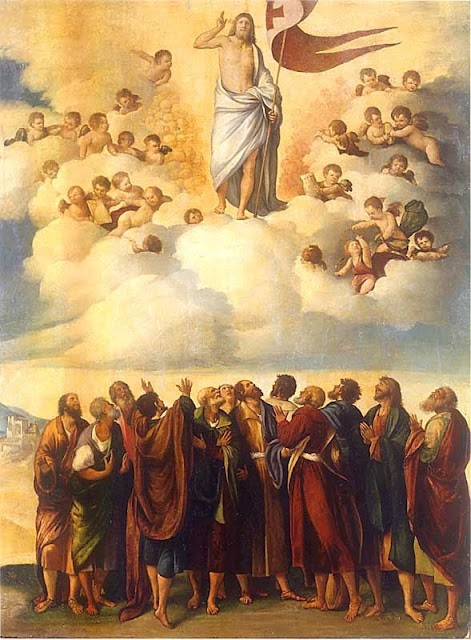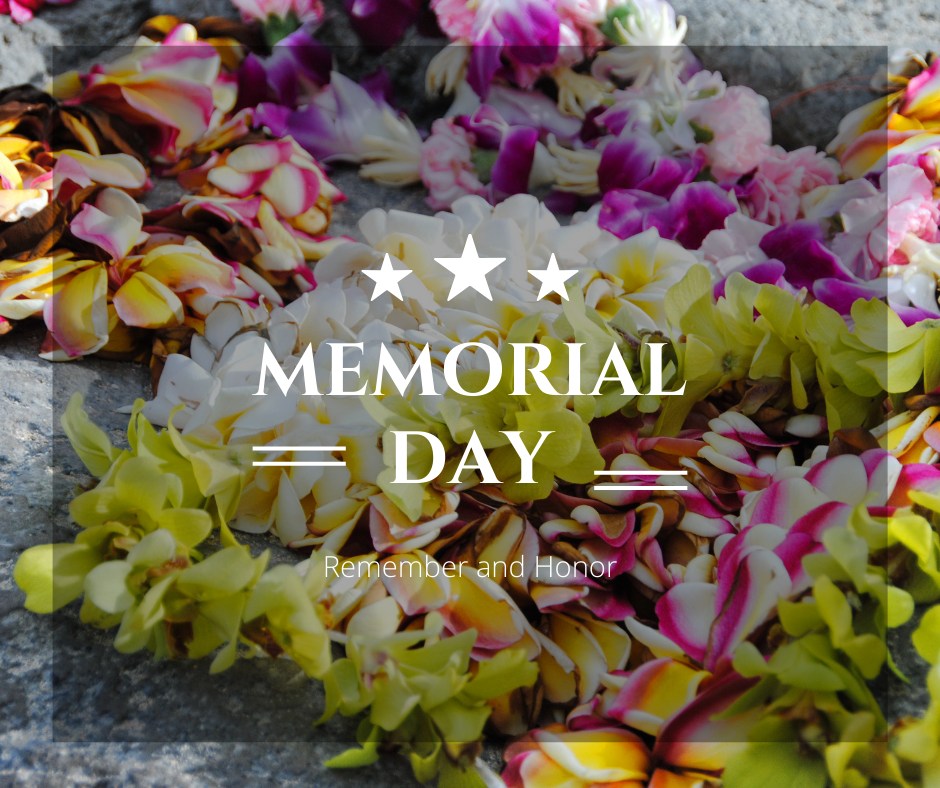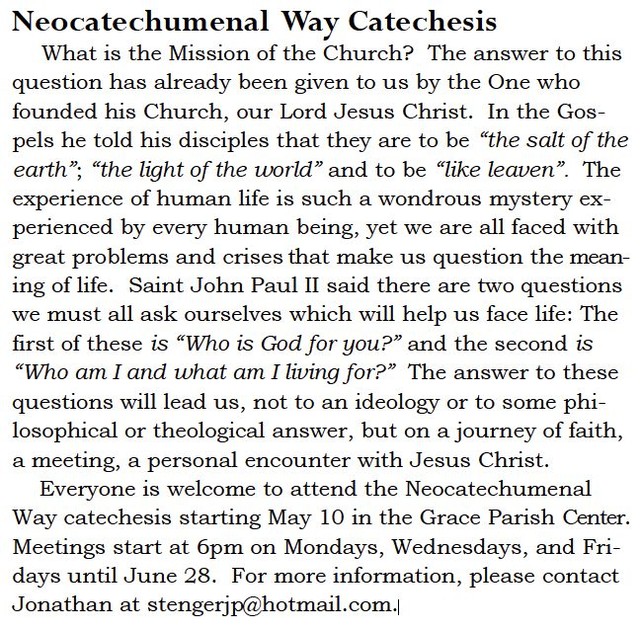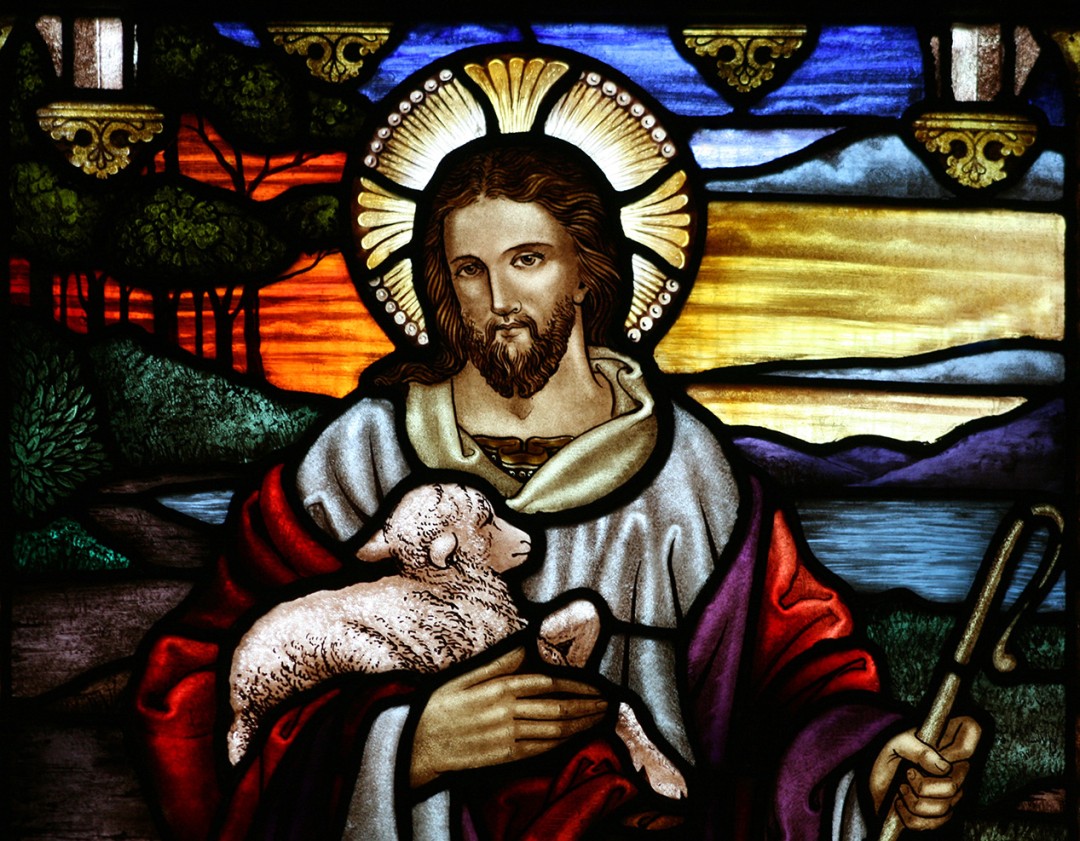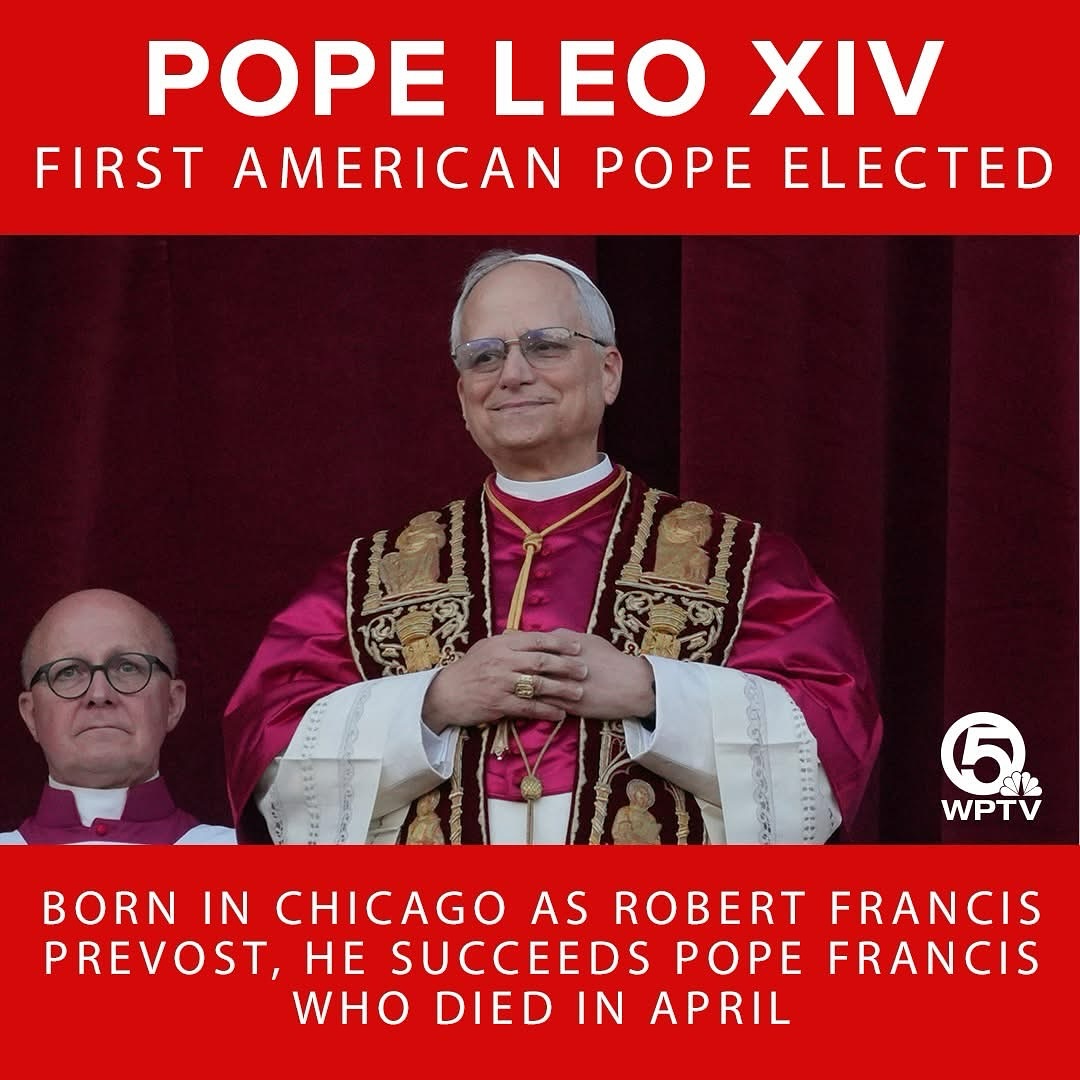Why We Do What We Do at Mass: A Look at the Postures and Gestures During Our Central Act of Catholic Worship
The Sacred Liturgy is rich with gestures, postures, and symbols that engage our five senses so that we worship God with our entire being. You are likely familiar with these practices, which include what we see, hear, smell, touch, and taste, as well as our gestures such as sitting, standing, and kneeling during holy Mass. But these gestures and postures all have specific meanings and purposes that help us pray with mind, body, and soul. To better understand these physical movements, we need to keep in mind two important aspects of the Mass — that the priest acts in the person of Christ, and that Jesus is fully present in the Eucharist.
Standing and speaking in the place of Jesus, the priest leads our worship, assisted by the deacons, with the ancient rituals, traditions, and gestures that are part of the Order of the Mass, and we respond with our own actions and words. In this way, the Holy Sacrifice of the Mass is much like a conversation and sacred meal with Christ Himself.
Through the prayer of consecration offered by the priest at Mass, Jesus is fully present in His Body, Blood, Soul, and Divinity in the Eucharist. This is the Catholic doctrine of transubstantiation, which expresses that the bread and wine literally become Jesus during the Eucharistic Prayer of the Mass.
So, let’s explore why we assume the gestures and postures during the Mass, and what they signify.
Why We Sit During the Mass
After the Introductory Rite at each Mass, we sit for the Liturgy of the Word. As we listen to the readings from the lectionary, sitting indicates our willingness to be students at the feet of Jesus. We also sit down for the Homily, as we pay close attention and take in what is being preached. We are seated again while the Eucharistic gifts are being prepared: a gesture of anticipation, as we prepare ourselves for and eagerly await the climax of the Mass in the Liturgy of the Eucharist.
Why We Stand During the Mass
At the very beginning of the Mass, we stand for the Introductory Rite, which includes the Penitential Act. Here we acclaim the Kyrie Eleison, meaning “Lord, have mercy” in Greek. The Kyrie is an ancient Christian litany in which we confess our sins to both our Almighty Father and our fellow Christians, seeking forgiveness. Standing during the Penitential Act shows that we are owning up to our sinfulness and openly asking for the Lord’s mercy.
Standing is also a simple but profound way of honoring and respecting God during the Mass, both in the person of the priest and in the scriptures, especially the Gospel. While we sit for the first and second readings and the psalm, we stand for the Gospel. The Gospel is the pinnacle of the Word of God and Christ is present in a special way when it is proclaimed aloud, and so we rise from our seats and sing “Alleluia”. Just before the reading of the Gospel, we make a small sign of the cross with our thumb over our foreheads, lips, and hearts. We pray for God to impress His Word upon our minds to understand, our lips to proclaim, and our hearts to live the Gospel. When the deacon or priest has finished reading the Gospel, he kisses the Gospel while silently praying “through the words of the Gospel may our sins be wiped away”. After the homily, we stand back up to pray the Creed as a Profession of Faith, once again standing firm in our ownership of what we believe.
Why We Kneel During the Mass
Kneeling is a humble posture of worship during the Mass. When we kneel, we completely surrender ourselves to our Heavenly Father. We kneel during several parts of the Mass. After the Holy, Holy, Holy, we kneel in adoration to acknowledge that Jesus is personally present among us in Holy Communion.
As we kneel during the Eucharistic Prayer, the priest’s many gestures are also precise and meaningful. He makes the Sign of the Cross, raises his hands over the bread and wine, and proclaims Christ’s own words: “This is my Body,” and “This is my Blood”. As the bread and wine are consecrated, the priest genuflects several times to express reverence for Jesus present on the altar. Instructed by Bishop Ferrario’s liturgical directive in 1970 for the Diocese of Honolulu, after the “Lamb of God”, we all stand together united as the Body of Christ (like we do for the Gospel), and all remain standing as we receive holy Communion, offering God our honor and respect until the Blessed Sacrament is reserved in the tabernacle. Before or while receiving the Eucharist, it is our ancient tradition to show reverence by kneeling or giving a profound bow to express your humility before God.
The Mass is rich with meaning — every element and gesture represents something deep and beautiful. Being mindful of this, each moment we spend at Mass will become more transformative and nourishing to our souls.
-Courtesy of Catholic Stewardship Consultants
